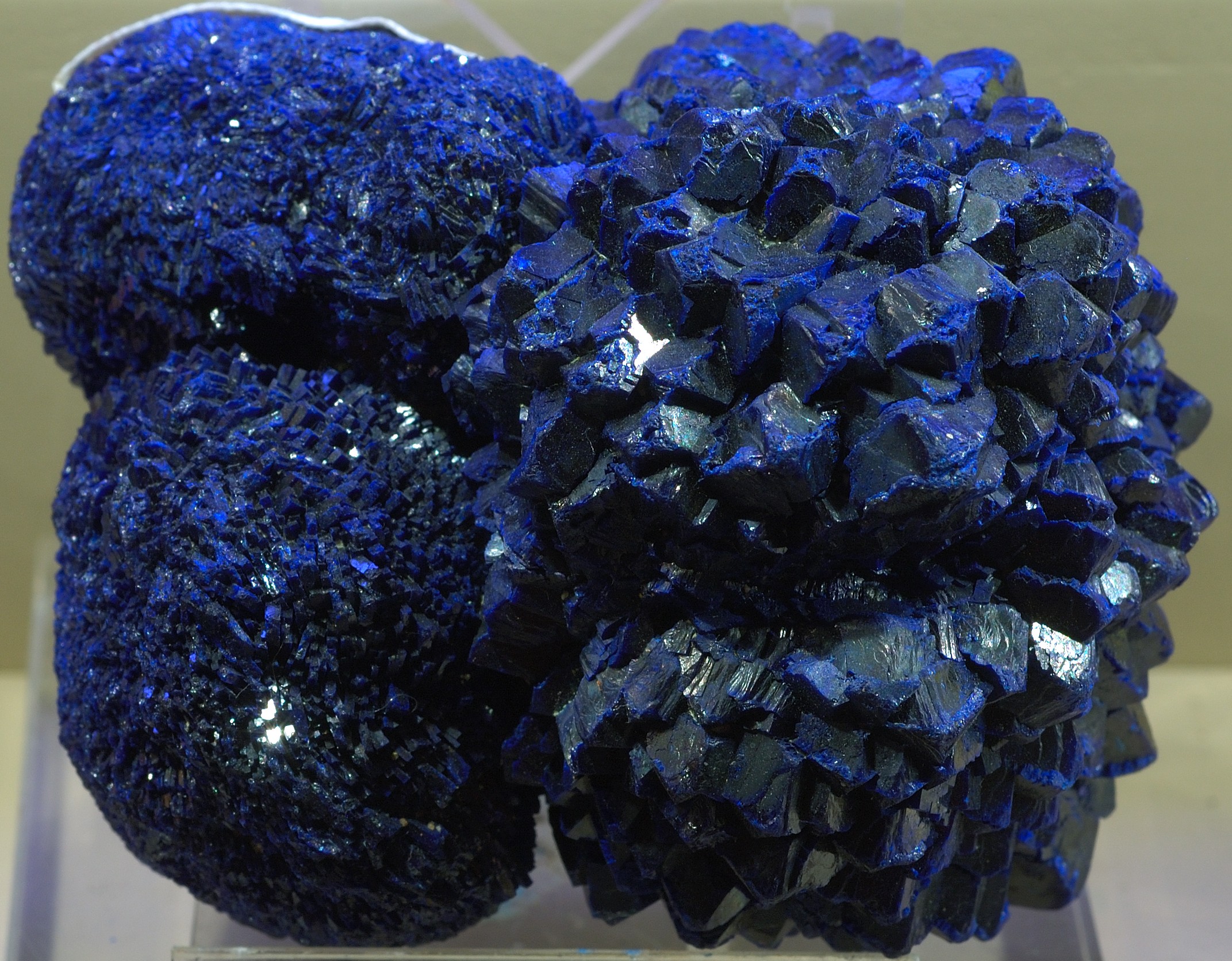 Recently I attended a lecture given by Makoto Fujimura which was sponsored by the Trinity Forum and held at the Columbia Museum of Art (Columbia, SC). Makoto is a world famous artist, lecturer, arts advocate and champion for culture care. His lecture was in part to promote his new book entitled Culture Care which articulates a vision beyond the cultural wars to something grander. For Fujimura, culture is an ecosystem to be tended to as if a delicate and lavish garden.
Recently I attended a lecture given by Makoto Fujimura which was sponsored by the Trinity Forum and held at the Columbia Museum of Art (Columbia, SC). Makoto is a world famous artist, lecturer, arts advocate and champion for culture care. His lecture was in part to promote his new book entitled Culture Care which articulates a vision beyond the cultural wars to something grander. For Fujimura, culture is an ecosystem to be tended to as if a delicate and lavish garden.  As intriguing as this idea is for the church, it was the smallest of details in his talk that arrested my attention. The process in which Fujimura paints involves the crushing of minerals and semi-precious stones mixing it with other clear liquid ingredients to form a paint. Fujimura described the process of taking these minerals in a mortar and pestle and pulverizing them by hand. I have in past, at other venues, heard him describe this very same process, and always wondered, why by hand?
As intriguing as this idea is for the church, it was the smallest of details in his talk that arrested my attention. The process in which Fujimura paints involves the crushing of minerals and semi-precious stones mixing it with other clear liquid ingredients to form a paint. Fujimura described the process of taking these minerals in a mortar and pestle and pulverizing them by hand. I have in past, at other venues, heard him describe this very same process, and always wondered, why by hand? Fortunately at this particular talk he explained, “If you grind the stones by a machine they become perfectly spherical and they do not reflect any light. Only by hand do they each become microscopic prisms which then are able catch the light.” It was in fact a stunning off handed remark, its implications for the spiritual journey are profound. The very nature of ‘by hand’ means personal, individual connection with that which is being pulverized.
Fortunately at this particular talk he explained, “If you grind the stones by a machine they become perfectly spherical and they do not reflect any light. Only by hand do they each become microscopic prisms which then are able catch the light.” It was in fact a stunning off handed remark, its implications for the spiritual journey are profound. The very nature of ‘by hand’ means personal, individual connection with that which is being pulverized.
Makoto’s explanation should galvanize the spiritually attuned Christian to a wonderful, though be it disconcerting relating. God could have easily made a machine like process in which sanctification takes place. He could have made this process uniform across the breath of the church. But instead chose a process that leaves room for the light of God’s love to be discovered in the asymmetrical and broken edges of our lives. Just as with Paul and the thorn in his flesh or Jacob and his hip dislocation, God is found in the broken places of our lives. To often we strive for perfection, believing perfection is necessary for witness and testimony. In truth it is in fact the very opposite. It is how God reflects and shines through the brokenness bits of our lives applied to the canvas with Grace and faith, just as it is with Fujimura’s painting that catch the light and radiate beauty.
No comments:
Post a Comment